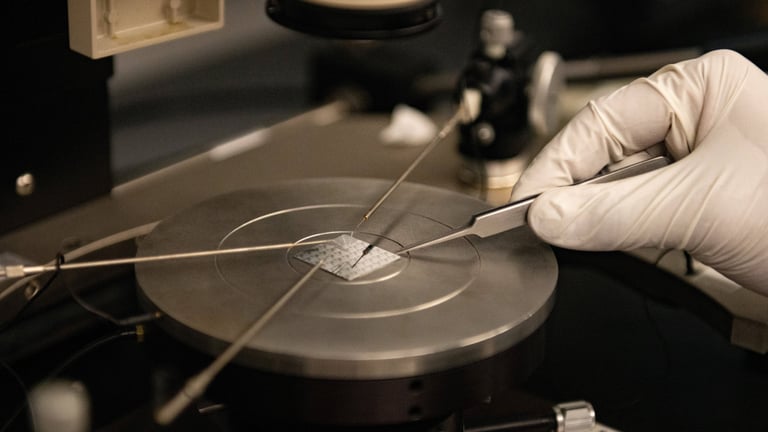Revolutionary Cooling Material Outperforms Liquid Metal, Slashes Data Center Energy Use by 13%
November 12, 2024
This innovative TIM is a mechanochemically engineered blend of Galinstan, a liquid metal alloy, and ceramic aluminum nitride, which optimizes thermal performance through a unique colloidal process.
In lab tests, the material demonstrated the ability to dissipate up to 2,760 watts of heat from a 16 square centimeter area, effectively bridging the gap between theoretical and practical heat transfer limits.
Given that data centers currently consume approximately 8 terawatt-hours annually on cooling—accounting for 40% of their total energy usage—this development is particularly significant.
While primarily targeted at data centers, there are plans for the TIM to be available for home PCs, potentially on platforms like Amazon or Newegg in the near future.
Guihua Yu, a professor at the Cockrell School of Engineering, highlighted the urgent need for efficient cooling solutions as power consumption in data centers continues to rise rapidly.
The UT researchers estimate that their TIM could reduce cooling energy needs by 13% across the industry, potentially lowering overall data center energy consumption by at least 5%.
Currently, the TIM is still in the research phase, with the team working on scaling up production and preparing to collaborate with data center partners for further testing in practical applications.
The growing demand for data centers, driven by the rising popularity of AI, presents a vast market opportunity for high-performing TIMs like this one.
Researchers at the University of Texas have developed a groundbreaking thermal interface material (TIM) that significantly enhances cooling efficiency, outperforming leading liquid metal solutions by 56-72%.
This breakthrough in cooling technology could lead to substantial reductions in operating costs and carbon emissions for data centers, making it a vital advancement in the field.
For more detailed information about the TIM, interested parties can refer to a recent paper published in the journal Nature Nanotechnology.
The new TIM not only improves cooling efficiency but also reduces the energy required for cooling systems by up to 65%, enabling denser configurations of heat-generating processors.
Summary based on 4 sources
Get a daily email with more Tech stories
Sources

Tom's Hardware • Nov 11, 2024
Adding ceramic powder to liquid metal thermal paste improves cooling up to 72% says researchers
TechSpot • Nov 12, 2024
New thermal material provides 72% better cooling than conventional paste
ExtremeTech • Nov 13, 2024
New Thermal Paste Could Change Chip Cooling
Slashdot • Nov 12, 2024
New Thermal Material Provides 72% Better Cooling Than Conventional Paste - Slashdot